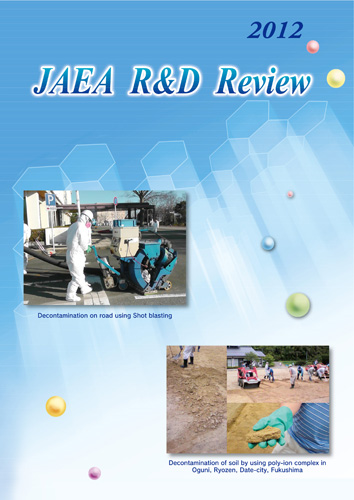- 1 Research and Development Relating to the Accident at the TEPCO's Fukushima Daiichi NPS
- 2 Research and Development of Advanced Nuclear System
- 3 Research and Development on Geological Disposal of High-Level Radioactive Waste
- 4 Nuclear Fusion Research and Development
- 5 Quantum Beam Science Research
- 6 Nuclear Safety Research
- 7 Advanced Science Research
- 8 Nuclear Science and Engineering Research
- 9 Nuclear Hydrogen and Heat Application Research
- 10 Development of Decommissioning and Radwaste Treatment Technology
- 11 Computational Science and E-Systems Research
- 12 Scientific & Technical Development for Nuclear Nonproliferation
- 13 Development of Experimental Techniques / Facilities at JAEA R&D Centers
